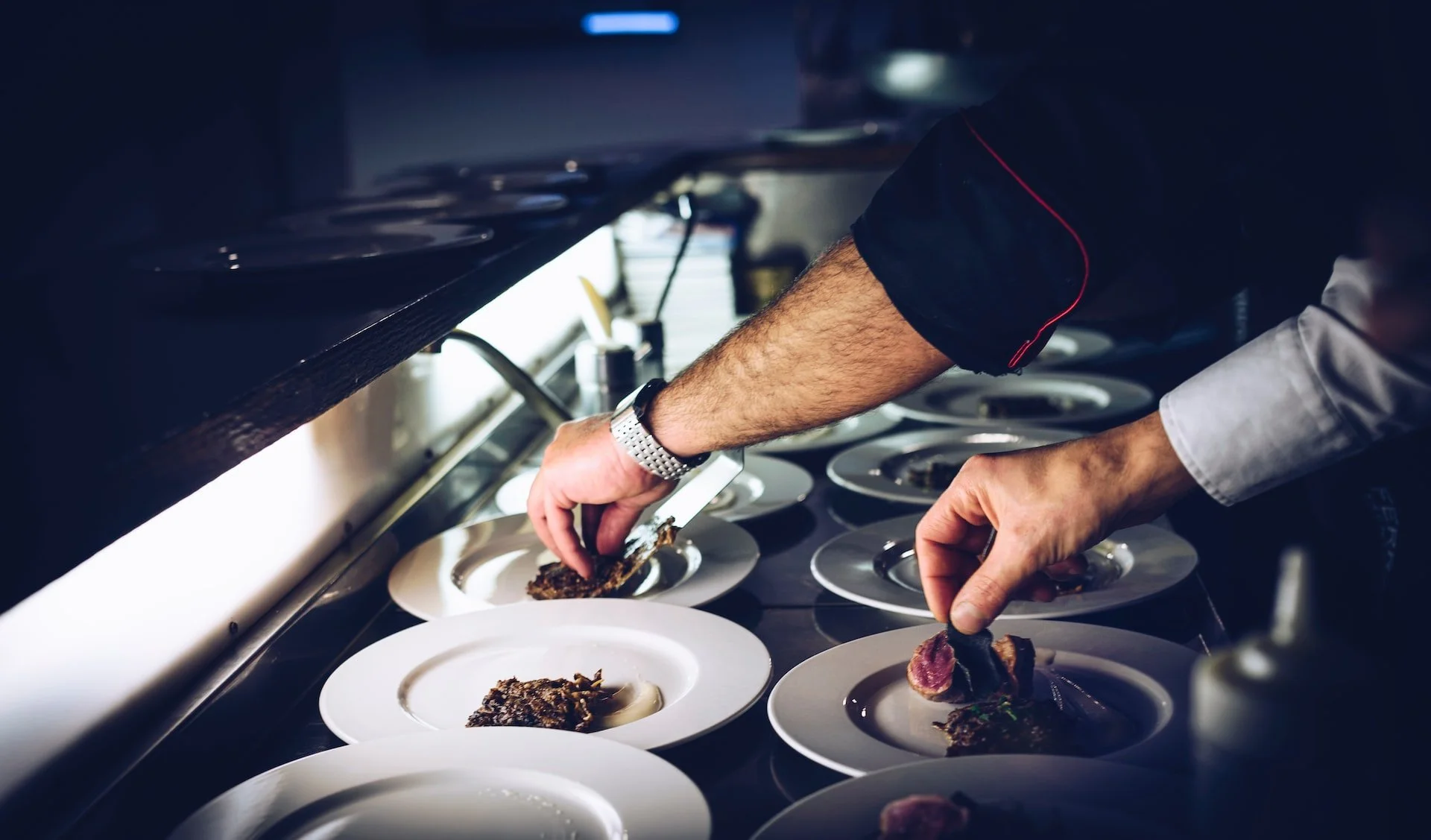How Collaboration and Communication Is The Future of Food
How culinary, supply chain, operations, nutrition, technology, and finance teams at food companies can collaborate, to enable faster commercialization, communication, and speed to market, all while driving down risk.
A nightmare scenario for any food business:
You wake up to the news that your products have caused severe harm to your customer.
The team scrambles and the board of advisors convenes a meeting.
Due to a mislabelling of allergens, someone has been hospitalized.
These are the consequences, and food teams know how easy it is to make mistakes.
Mislabelling is just one of the consequences of messy food data.
Nutrition and culinary teams sense this risk every single day. Especially when they cannot communicate and collaborate efficiently. Everyone—from Whole Foods to campus dining halls to children's food manufacturers—can make these mistakes.
In this article, we'll explore why multiple teams at food businesses are often in conflict and how food businesses can smooth communication, mitigate risk, and run safer enterprises, including:
The numerous points of failure that lead to miscommunicating ingredients/allergens and other errors
Practical steps to create a collaborative culture between food teams
How to get the correct food data to the right people quickly and accurately
Customers trust transparent food brands- brands with clear menus and recipes. Focusing on efficient and accurate operations as a culinary team can help build that trust and transparency.
Photo by Fabrizio Magoni on Unsplash
Food Team Struggles
We speak to food brands worldwide, with all kinds of business models. The process is a mess when it comes to high-risk information like allergens, business-critical supply-chain data, and consumer-facing nutritional information.
Separate teams, cross-functional, all touching, accessing food data, editing, tracking, and updating, in different places, causes nothing but headaches and occasionally nightmares.
First, let's take a look at a 'rapid' recipe development process:
The Culinary Development Team writes a recipe.
The recipe is then shared with the commercialization team in documents, pdfs, and slideshows.
The commercialization team specs products, noting vendor items for ingredients needed; they may do this in legacy software or build it into spreadsheets.
Spreadsheets with the PowerPoint and documents are then sent to the nutrition team (if in-house)
Nutritionists and Registered Dietitians collect all the specs/documentation from suppliers/vendors, along with allergen, and dietary metadata from the manufacturers, sometimes built-in specialty nutrition software, and then input it into a menu management software.
The nutrition team then sends that metadata to anyone who needs to access it to create food service labels or mark items with certifications in catalogs, online stores, or menus.
Operations teams are then sent menu cycles, typically in Excels, which may have references in a legacy software, or are communicated by documented recipes from corporate by the approved menu cycle.
There is nothing seemingly wrong with this process. It's a series of team handoffs. Emails back and forth, messages on Slack or Teams, teleconferences calls, in-person conferences, and work sessions. However, there are many points of failure, and given the potentially severe consequences, they must be addressed.
Point of Failure 1: Manual, One-Way Communication — The handoff from team to team relies on an email sent. The problem arises when a recipe changes. Meaning it is altered, a vendor changes, or even a single ingredient is substituted from the same vendor for one week while the standard ingredient becomes available/restocked. Manually updating the metadata for these minor and often temporary adjustments can create delays in communication, meaning errors for teams down the line who haven't been corrected and, ultimately, the customer's experience.
Point of Failure 2: Double Entry — Since food teams use many different tools (we've covered this subject before) – with disconnected data, they often require manual entry updating across multiple systems.. Once again, any delay between receiving an updated recipe and getting the proper metadata into the system (and any accidental error or mistype) is a risk to your customers who cannot see updated and accurate information (allergens, experience, etc.). This can not only destroy trust with the market and your customers but can cause illness and worse.
Point of Failure 3: Units of Measure — The number of ingredients used in a recipe (and the corresponding nutritional data) can be measured in various unit types. The vendor may sell at one unit of measurement 'a case' or '10# Can', a batch recipe may call for 5 gallons or 4 hotel pans, and the plated portion that the customer enjoys is 300 g or 12 oz of the meal. Thus, considering the items above, this layer creates repetitive, manual work but can also be ripe for error, and understandably so.
These points of failure are not significant on their own. Still, the risk and frustration compounds spread across hundreds of suppliers, hundreds if not thousands of recipes, and tens of thousands of SKU-ingredient combinations. Every department that handles the food data—purchasing, inventory, events and catering, online menu developers, multiplies that.
They need to be able to work together effectively.
Solving the Real-Time Collaboration Challenge
These three points of failure come down to the same internal issue: a lack of efficient communication and collaboration. How can we solve that without getting stuck in email all day long, trying to sift through outdated files, find and send data as fast as it's received, or double-checking each others' work, edits, updates, changes, calculations, and more?
Here's what we've seen work:
A single source of truth database or platform that both teams can work within, eliminating the risk of forgotten or delayed emails and slow communication
Automatic vendor data pulls so that all food teams are constantly working with the same set of real-time ingredient and vendor data in real-time.
Version history and Enterprise controls, each team, role, title, and responsibility, can access, read, adjust, scale, recipe, and menu data through workflows, fast and efficiently.
Automated unit conversions and scaling now data flows in the units that make the most sense to the teams that need it.
Benji Koltai, Co-Founder and Galley CEO, took these steps to streamline communication and collaboration, reducing risk, and improving teamwork for food teams, when he developed an early version of what would become Galley at Sprig, a delivery first, prepared meals business. It's where the Galley concept was created and proven for food production at scale.
Our team understands this food data tug-of-war struggles, and we built the solution to solve our problem. You can join the food brands transforming the industry alongside the fastest-growing and most prominent food companies worldwide that do the same.
Photo by Priscilla Du Preez on Unsplash
Set Your Food Teams Up for Success
The tension between teams at food businesses is rarely a people problem—it's a system and data problem. Static PDFs, remembering to send emails, and entering data into excels by hand is a recipe for inevitable errors, risk, miscommunications, and delay.
The food brands of the future will solve this by using better systems.
Galley is a recipe-first ERP for brands that want to turn food data into easy workflows that enables collaboration between food teams and customers.
We're happy to help brands grow and provide exceptional customer experiences with accurate, updated data that protects your customers and brand.
Meta Description
Here's how modern food brands create opportunities for nutrition and culinary teams to cooperate and communicate clearly about ingredients, recipes, and nutritional data.
Want to see more about how Galley will elevate your food organization? Let’s chat.
Lead Photo by K. Mitch Hodge on Unsplash






